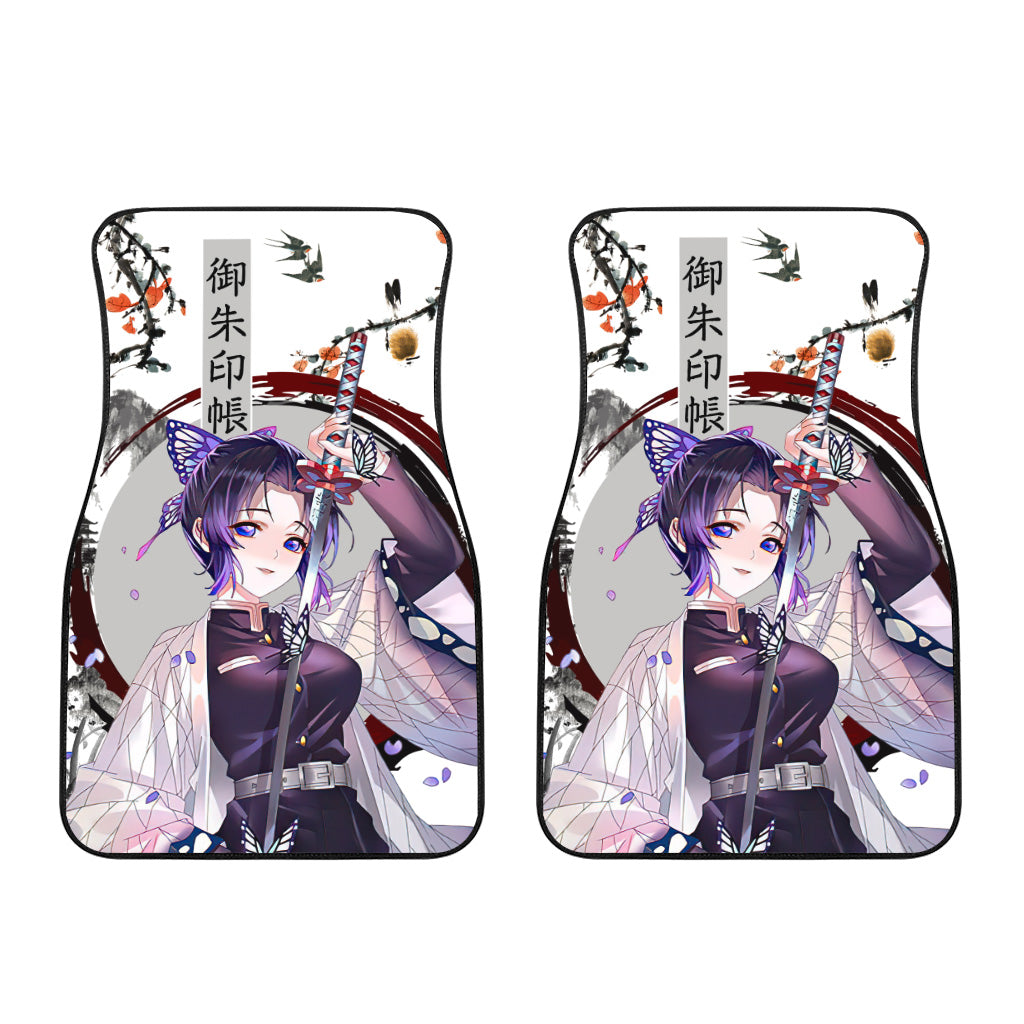
During an interview with Shueisha’s Manga Plus, Tatsuhiko Katayama, the editor of the beloved Demon Slayer manga, shed light on the creative process that led to the final version of the series adored by fans worldwide. At the core of Demon Slayer’s narrative is Kamado Tanjiro, a gracious young protagonist driven by a desire for revenge against the demon responsible for nearly wiping out his family.
However, the story takes a compelling twist when Tanjiro’s sister, Nezuko, miraculously survives the attack but undergoes a transformation into a demon herself. This revelation adds a layer of complexity to Tanjiro’s journey, as his goal expands beyond revenge to finding a way to restore his sister’s humanity. It is a testament to the nuanced portrayal of characters in Demon Slayer, where even villains are depicted as broken individuals or individuals who have succumbed to life’s hardships.
Interestingly, the original design of Kamado Tanjiro, revealed by a senior editor of the series, was drastically different from the warm-hearted and compassionate character fans have come to know and love. The initial depiction showcased a much colder and fiercer persona, with the notable absence of one of his arms. A visual comparison between the original design and the current portrayal reveals a stark contrast, with the latter featuring gentle eyes and a natural inclination to care for others. This transformation played a significant role in captivating viewers and turning them into devoted fans of Demon Slayer.
The editor, Tatsuhiko Katayama, further disclosed that the early one-shot manga by Koyoharu Gotouge, titled “Kagarigari” and later known as “Kisatsu no Nagare,” explored the Japanese concept of swords and demons but took a darker and more serious tone. However, this iteration of the story, focusing heavily on revenge and lacking comedic elements, ultimately did not receive serialization. The original version was notably more savage in its approach.
The decision to change the title from “Kisatsu no Nagare” to “Kimetsu no Yaiba” was influenced by the heavy connotation of the term “satsu,” meaning to kill, which felt too intense and off-putting. The team settled on “Kimetsu,” which signifies perishing, combined with “Kaiba,” referencing an old Japanese sword, thus aligning perfectly with the show’s core themes of swords and demons in a Japanese setting.
The editor emphasized that if the initial design and darker tone were maintained, Demon Slayer may have never reached the monumental success it enjoys today. Recognizing the need to appeal to a broader audience and create a protagonist who would resonate with fans, the editor urged the mangaka, Koyoharu Gotouge, to evolve the seemingly heartless character into the compassionate and relatable Kamado Tanjiro we now cherish.
It is intriguing to contemplate how the series might have fared if the original story had been preserved. While the potential achievements of “Kisatsu no Nagare” will forever remain unknown, one thing is certain: Kamado Tanjiro would not have received the same level of love and adoration. Instead of evoking warmth and endearment, the character’s portrayal would have instilled fear and distressing emotions, particularly among younger viewers. First impressions are crucial in captivating an audience, and the revised version of Demon Slayer succeeded in providing not only mesmerizing animation, a compelling plot, and thrilling fight scenes but also a sense of happiness and lightheartedness through the endearing interactions between characters like Tanjiro, Zenitsu, and Inosuke.
We bring out some of the most well-known Demon Slayer collection, all of which are available at reasonable costs. Visit our link now if you are interested in the Demon Slayer collection


Makomo, Kazumi, Satoko, Tokie, Teruko, Shoichi
